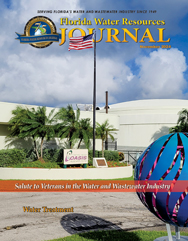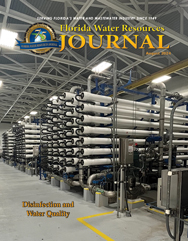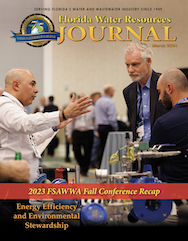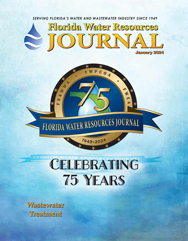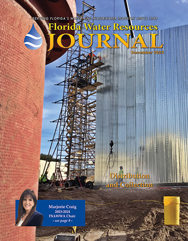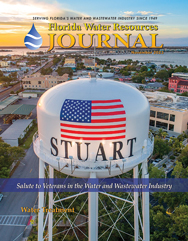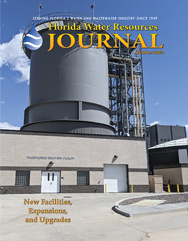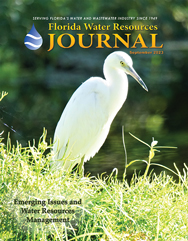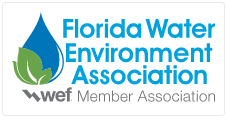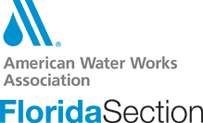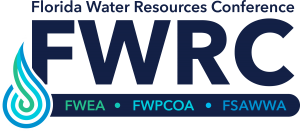Coalition of States Demands Biden Administration, EPA Drop Lead Pipe Regulations
As the Biden administration works to remedy one of the most pervasive drinking water contamination issues in the United States, some states are banding together to push back.
Kansas Attorney General Kris Kobach is leading a coalition of state attorneys general from 14 other states in opposition to the National Primary Water Regulations for Lead and Copper plan to replace more than 9 million lead pipes in the U.S. According to a letter from Kobach, the attorneys general estimate the removal and replacement of pipes would cost more than $60 billion. So far, Congress has set aside $15 billion for the project.
High-profile lead contamination incidents caused by outdated infrastructure in Flint, Mich., and Jackson, Miss., as well as other areas, have pushed the U.S. Environmental Protection Agency (EPA) to mandate replacement of lead-based pipelines within the next 10 years. That undertaking has already run into obstacles, including financial concerns and challenges in identifying the old service lines.
Leading the opposing coalition, Kobalch has described the plan as “heavy handed” and “overreach by the Biden administration.” He alleges that the regulations would force homeowners to pay to replace their own lines if they contain lead and connect to a city line.
Attorneys general from Arkansas, Florida, Georgia, Idaho, Iowa, Mississippi, Montana, Nebraska, South Carolina, South Dakota, Texas, Utah, and Wyoming have joined the opposition.
A group of attorneys general from 13 Democrat-led states are arguing, however, that the EPA mandate does not go far enough.
The issues raised by this group of attorneys general include a loophole they say could leave some cities with lead water lines for decades. They point to a provision that allows flexibility for systems with large numbers of lead pipes, requiring them to only replace 10,000 lead service lines per year.
The states calling for a stronger mandate include New York, California, Connecticut, Illinois, Maryland, Massachusetts, Michigan, Minnesota, New Jersey, Oregon, Pennsylvania, Rhode Island, Wisconsin, and Washington, D.C.
AWWA Supports Lead Line Removal in Proposed Rule, Raises Concerns on Timeline, Feasibility, Affordability
In formal comments submitted recently on the proposed Lead and Copper Rule Improvements (LCRI) rule, the American Water Works Association (AWWA) reaffirmed its support for the removal of lead service lines nationwide, while recommending critical revisions to make the rule feasible to implement and affordable for communities.
“Over the last several decades, the drinking water community has made tremendous strides in reducing lead levels in drinking water,” AWWA wrote in comments to the U.S. Environmental Protection Agency (EPA), which announced its LCRI proposal on Nov. 30, 2023. “More can and should be done. The next steps in drinking water policy to further lead risk reduction must be credible, legally sound, truly feasible, and appropriate to the challenge at hand.”
AWWA wrote that EPA’s estimated cost of the rule—between $3 and 4.9 billion annually—is higher than any previous regulation under the Safe Drinking Water Act (SDWA), and the costs of compliance will be directly passed to water utility customers. According to AWWA estimates, the total cost of removing all lead service lines in the United States could top $90 billion. Noting that many community water systems are small and have limited resources, AWWA stressed that many communities will face financial, logistical, and personnel challenges and may be unable to meet EPA’s timeline.
AWWA supports EPA’s intention to continue with a “treatment technique” to control lead and copper, through which water systems actively manage the corrosivity of the water to minimize the possibility of lead getting into drinking water, rather than attempting to establish a maximum contaminant level at faucets within homes.
Among the chief concerns AWWA expressed was that the rule equates community water systems having “access” to private property with a system having “control” over the service line on private property. Because ownership of lead service lines is often split between a water system and private property owners, accessing pipes on private property is often a barrier to complete service line removal. AWWA stressed that control “is based on ownership. The definition of what is ‘under the control’ of water systems as described in SDWA does not include piping not owned by the water system, even when the actual owner uses their ‘control’ to grant ‘access’ to a water system.”
The proposed LCRI lowers the lead action level—a measure of the effectiveness of the corrosion control treatment in water systems—to 10 parts per billion (ppb) from 15 ppb, introduces a new sampling protocol, and changes how sample sites are prioritized. These changes will make the action level much harder to consistently achieve. AWWA’s comments stress that EPA has not demonstrated that water systems targeted by the rule will be able to consistently comply with the lower action level.
The public comment period on the LCRI proposal concluded Feb. 5.
“AWWA is a proponent of strong protections for water consumers today, while we work for a future when lead is no longer in contact with drinking water,” AWWA wrote. “AWWA hopes that these comments will assist EPA as it formulates a final LCRI that achieves additional risk reduction, while recognizing the additional resource-intensive challenges facing water systems, including per- and polyfluoroalkyl substances (PFAS), cybersecurity, climate change, and aging infrastructure.”
Implementation of the Lead and Copper Rule (LCR) over the past 25 years has resulted in major improvements in public health; the number of the nation’s largest drinking water systems with a 90th percentile sample value exceeding the LCR action level of 15 ppb has decreased by over 90 percent since the initial implementation of the LCR. An EPA white paper in 2016 on the LCR revisions states that median blood levels for young children have decreased ten-fold since the mid-1970s.

